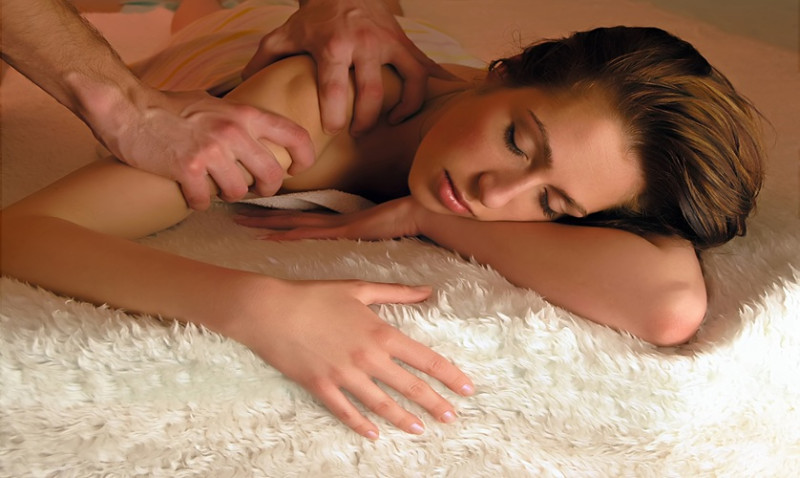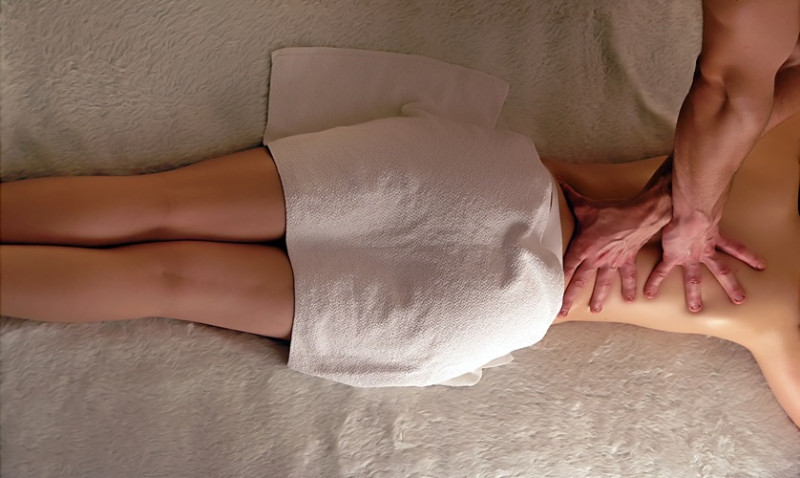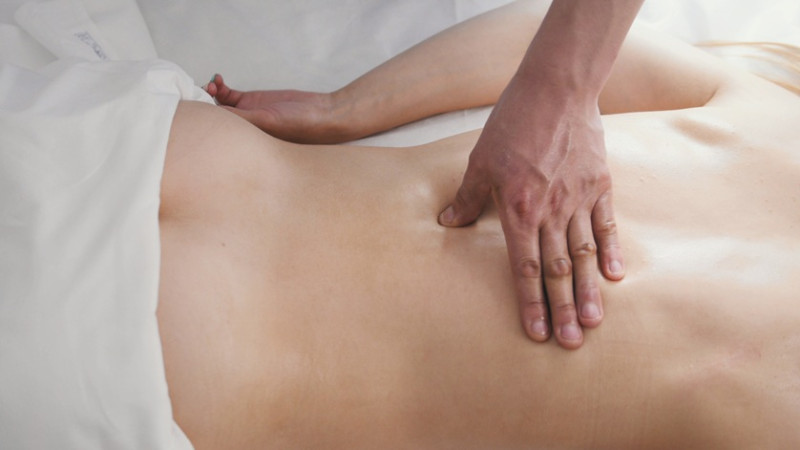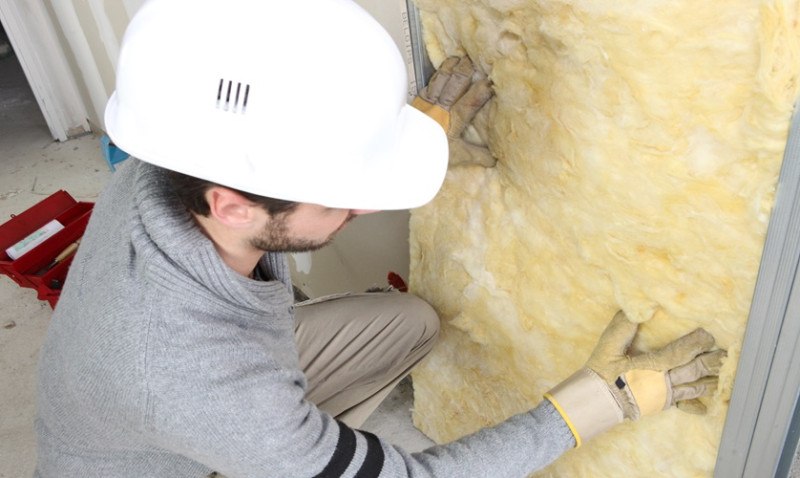
Whether you're a hardworking tradesman nursing sore muscles, a young professional seeking relief from a sedentary lifestyle, or a design-savvy architect craving a mental reset, a professional massage can offer countless benefits. But before you book your next massage session, there are a few key things you should be aware of to ensure the experience is effective, relaxing, and tailored to your needs. From choosing the right type of massage to knowing what to expect during the session, being properly prepared will help you get the most out of your appointment.
1. Not All Massages Are the Same
One of the most important things to understand is that different types of massage serve different purposes. Some focus on therapeutic relief, while others are geared more toward relaxation. If you're a DIY enthusiast experiencing back pain from your latest project, you might benefit from a sports or deep tissue massage. If you're an architect or interior designer who spends long hours at a computer, a Swedish or aromatherapy massage might be more suitable to help relieve tension and reduce stress.
It's crucial to communicate your goals with the therapist beforehand. Are you looking to improve circulation, reduce inflammation, or simply unwind? Sharing this information ensures you get the right type of massage for your specific needs. Don’t hesitate to ask your therapist for recommendations—they can combine techniques or suggest a course of treatments based on your conditions or preferences.
Various massage modalities differ in pressure, technique, and purpose. For instance, deep tissue massage targets the muscles and connective tissues, ideal for physically demanding jobs like plastering or carpentry. In contrast, hot stone massage uses controlled heat and is better for stress relief and improved sleep patterns, excellent for professionals dealing with mental fatigue.
The table below highlights a few common types of massage and their typical benefits:
| Massage Type | Main Benefits | Ideal For |
|---|---|---|
| Swedish Massage | Relaxation, improved circulation | Professionals seeking stress relief |
| Deep Tissue Massage | Muscle recovery, pain relief | Tradesmen, DIY hobbyists |
| Sports Massage | Performance enhancement, injury prevention | Active individuals, gym-goers |
| Aromatherapy Massage | Mood enhancement, hormonal balance | Designers, architects under deadline pressure |
2. Preparation Enhances the Experience
Preparation is key before your massage, especially if it’s your first time. Avoid eating a heavy meal within one or two hours of your appointment. A full stomach can make lying on the massage table uncomfortable and diminish your experience. Staying hydrated before and after is also essential, as massage can release toxins from your muscles that need to be flushed out of your system.
Arriving at the spa or studio 10–15 minutes early can help you enter a state of relaxation before your session begins. It also gives you time to fill out necessary forms and discuss any medical conditions or concerns with your therapist.
If you’ve recently completed a home renovation project or intense physical task, let your therapist know. Overworked muscles can be more sensitive to pressure, and adjustments may need to be made during the massage. The same goes for mental stress—your therapist can use calming techniques and recommend oils or soundscapes to help ease mental fatigue.
Make sure to wear comfortable, loose-fitting clothing to your appointment. Some massages may require undressing to your comfort level, but don’t worry—professional therapists use draping techniques to keep you covered and at ease throughout the session.
3. Speak Up During the Massage
Many clients, especially first-timers, assume they should remain quiet and passive during a massage. However, communication is paramount throughout the session to ensure your comfort and maximise results. Whether it’s the pressure level, room temperature, or music choice, don’t hesitate to speak up.
If a particular area is feeling tender or painful, let your therapist know. Sometimes, what feels uncomfortable isn’t beneficial and may result in soreness that extends beyond the usual post-massage fatigue. A trained therapist will welcome feedback and can make adjustments on the spot.
Conversely, if you particularly enjoy a massage technique or feel like a specific muscle needs more attention, point it out. Your involvement in the session gives the therapist a clearer picture of your needs and will contribute to a more tailored and effective treatment.
Open dialogue especially matters for clients with pre-existing conditions like arthritis, recent injuries, or mobility limitations. Being clear about these helps avoid any techniques that might cause harm and encourages the therapist to modify the session with care and caution.
4. Expect Some Discomfort—But Not Pain
One of the common concerns people have about getting a massage—especially deep tissue or sports massage—is how it will feel. While some intensity is expected, particularly when working on knots and tight areas, it should never be genuinely painful.
It’s normal to feel some soreness a day or two after the massage, which is a sign your muscles have been worked, much like they would be after a workout. This is more noticeable in physically active clients like builders or floor fitters who often accumulate tension in the back, shoulders, and legs.
However, sharp or persistent pain during the session is not acceptable and should be addressed immediately. The goal of massage therapy is long-term relief, not new injuries. Therapists have different levels of touch—light, moderate, to deep—and the ideal pressure is something you and your therapist should discuss before and during the session.
Post-massage self-care can reduce discomfort. Drinking plenty of water, avoiding intense physical activity for a few hours, and doing gentle stretching can all enhance your recovery and extend the benefits of the massage.
5. The Benefits Go Beyond the Table
Many clients overlook that massage therapy isn’t just a one-off indulgence—regular treatments can have long-lasting benefits for body and mind. Over time, massages can improve posture, circulation, joint mobility, and even sleep quality.
For professionals working long hours at a desk, such as architects and interior designers, regular massages can alleviate chronic headaches and neck strain caused by poor ergonomics. In contrast, tradespeople like electricians and painters benefit from enhanced muscle recovery and fewer repetitive strain injuries.
Massage also brings mental advantages. By activating the body’s parasympathetic nervous system, it helps lower cortisol levels and boosts mood-regulating hormones like serotonin and dopamine. Even a single session can leave you feeling rejuvenated and less anxious—but consistent visits can help manage stress in the long term.
To really get the most value, consider working massages into your monthly wellness routine. Pair them with good sleep hygiene, hydration, and stretching habits, and you’ll likely find a significant improvement in your overall wellbeing both at work and at home.
Ready to Book?
Massage therapy is far more than just a relaxing luxury. It’s a well-rounded tool for recovery, stress management, and bodily conditioning. By understanding these five key things before booking your next appointment, you’ll be equipped to have a more comfortable, productive, and restorative experience. Whether you're clutching a paintbrush or blueprint, your body and mind will thank you. So go ahead—treat yourself to the reset you deserve.





